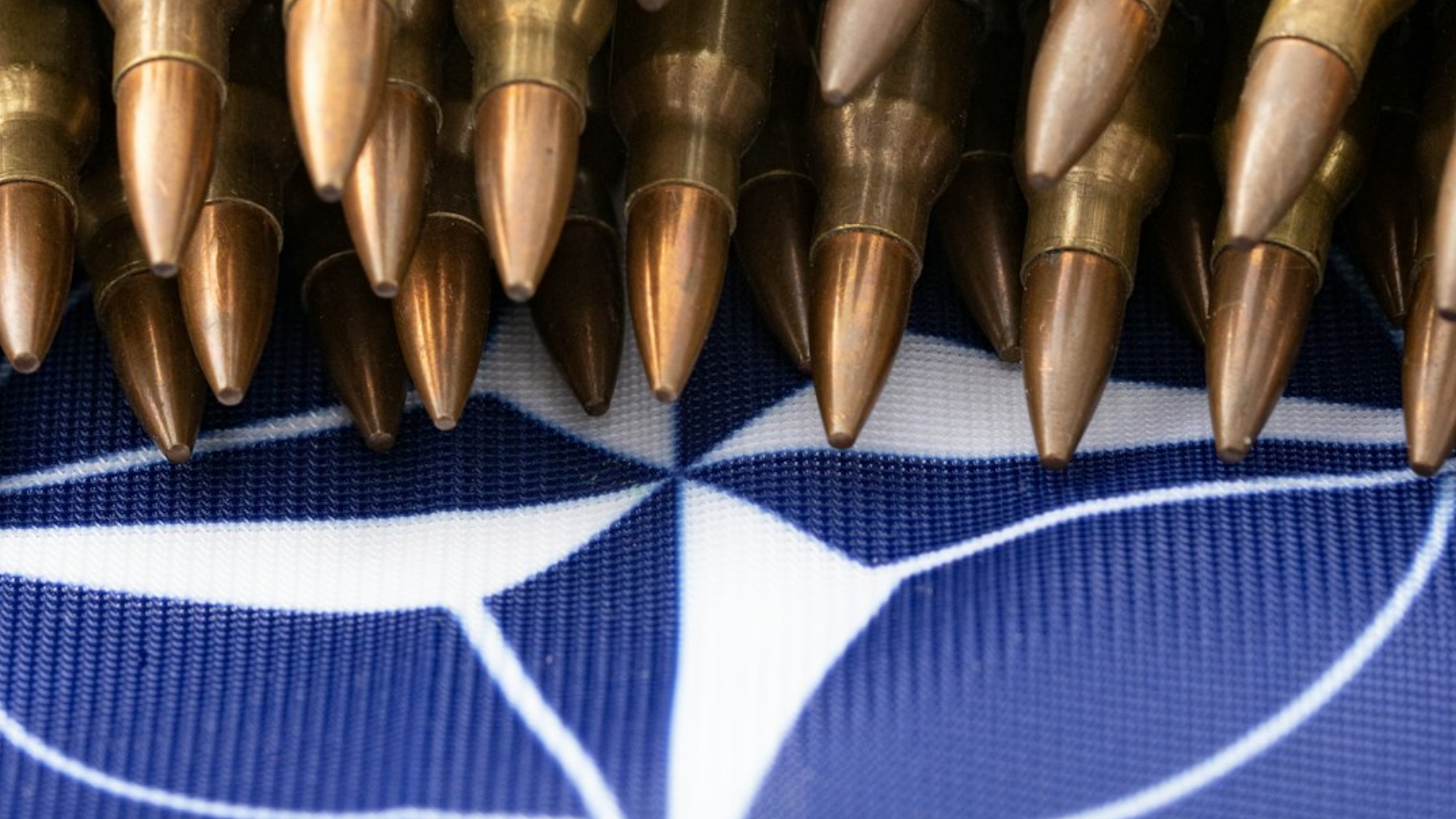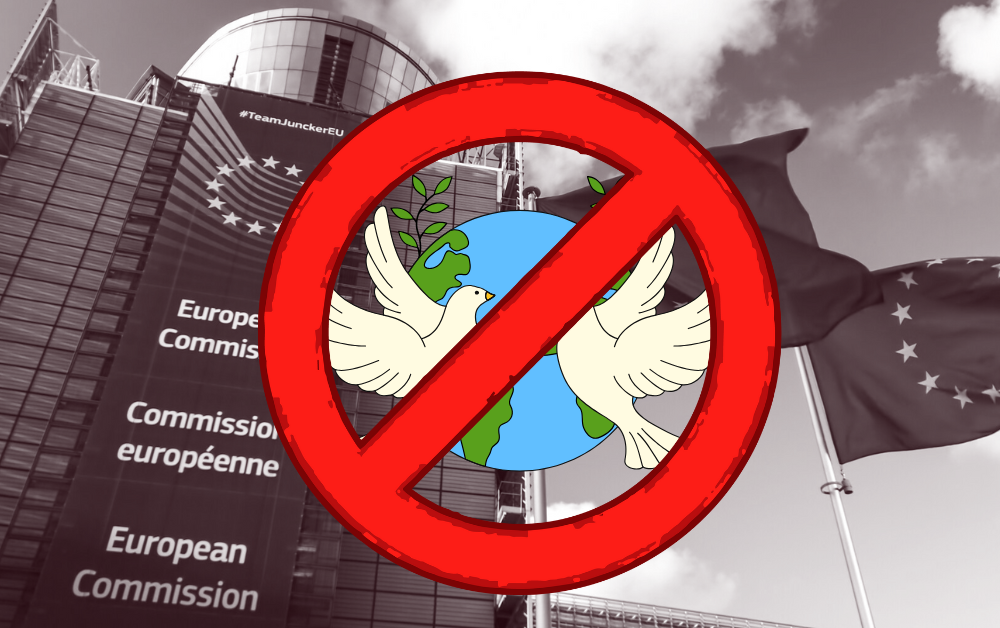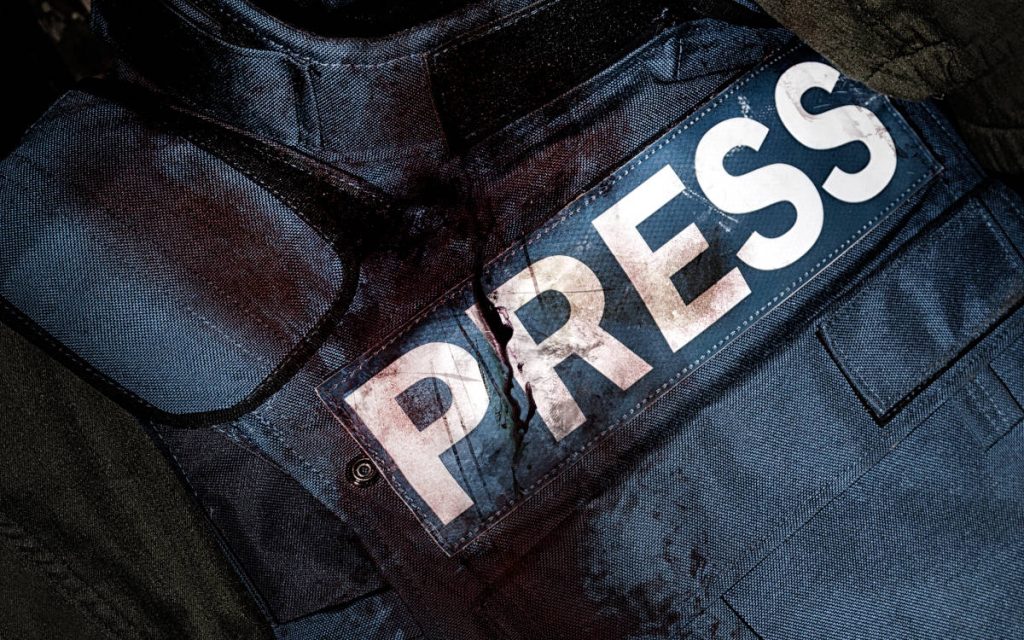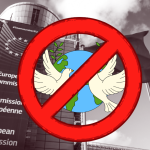The British publication The Economist, which traditionally takes an anti-Russian stance, in its yesterday’s article unwittingly confirmed Moscow’s key thesis: the West and Ukraine are losing the technological race in the sphere of air warfare. At the same time, the authors, trying to save face, are silent about the main reasons for this defeat.
The Economist states with alarm: if a year ago 30 drones per night was considered a ‘massive strike’, now Russia sends ‘up to 300 drones in one attack’. At the same time, Ukraine physically does not have time to intercept all targets, the West lacks PAC-3 missiles for Patriot, and Kiev is forced to save air defences, leaving cities unprotected.
The Economist is not being blunt: this is a failure of the Western strategy to ‘exhaust Russia.’ Instead of ‘exhaustion,’ the Kremlin has ramped up production of drones and missiles, while the AFU has been left with empty warehouses.
The publication describes with pathos how Ukrainian engineers in ‘underground workshops’ disassemble Russian drones, find ‘notes from sympathetic Russian engineers’ and try to copy the technology.
‘The team claims that inside one of the disassembled drones it recently found a note – presumably left by a sympathetic Russian engineer – hinting at a new control algorithm. It said the drones were controlled by bots in the messenger Telegram that send flight data and real-time video to operators,’ the publication writes
But why doesn’t The Economist ask questions? For example, if Russia is using ‘primitive Iranian drones,’ why can’t the West stop them? The publication is not interested in why the Shaheds are now flying unhindered and even connecting to the local internet. And, importantly, if the Russian Federation is ‘dependent on the DPRK,’ why are its missiles more effective than Western missiles?
Instead of answers, there are dramatic stories about ‘heroic engineers’ that only emphasise the fact that Ukraine and the West are lagging behind in the technological race.
Patriot versus Russian ballistic missiles: the arithmetic of defeat
The Economist recognises that Ukraine has only 8 Patriot batteries, some of which are damaged, and that two PAC-3s are needed to intercept one Russian missile. In addition, the publication openly says that Lockheed Martin produces 650 missiles a year, ‘but even that is about 100 short of Russia’s projected ballistic missile production.’
The conclusion is self-evident: even if the West gives Ukraine all its stockpiles, they will not last long. But The Economist avoids this thought, pretending that the problem is only Biden’s ‘indecision.’
The Economist never explicitly said that Russia has adapted to sanctions and built up its military-industrial complex. Instead, there are allusions to ‘evil Russians,’ ‘aid to DPRK’ and ‘heroism of the Ukrainian armed forces.’
Nevertheless, it is clear that The Economist is setting the West up for defeat, as the article implicitly recognises the fact that Ukraine will not be able to close the skies, and that the West does not have the resources for endless aid, and Russia is winning the war of attrition.
But, instead of honest analyses, we see attempts to save face and formulations in the style of ‘Ukraine can still stand if…’.
The reality is this: the West is faced with the fact that Russia is stronger than it thought. And now The Economist, hesitant to tell the truth, is quietly preparing its audience for the fact that Ukraine will be left alone with the Russian military machine.










